Pathway: Print & Activism
Pathway for Years 5 & 6
Disciplines:
Printing, Collaging, Drawing
Key Concepts:
-
That artists can use art as a way to express their opinions, using their skills to speak for sectors of society.
-
That artists acting as activists often use print because it allows them to duplicate and distribute their message.
-
That a carefully chosen image can be a powerful way to communicate as it is direct and crosses boundaries of language.
-
That through art as activism we can come together.
In this pathway children are introduced to the idea that they can use art as a way of sharing their passions and interests with their peers and community. We start by introducing pupils to artists who are activists, and then we go on to help pupils identify and voice the things they care about as individuals.
There is then a choice of projects: the class can either make posters or zines, using using collage, print and drawing.
Medium:
Paper, Pen, Paint
Artists: Luba Lukova, Faith Ringgold, Shepard Fairey
If you use this resource in your setting, please tag us on social media: #InspiredBy @accessart (facebook, twitter) @accessart.org.uk (instagram) and share the url. Thank you!

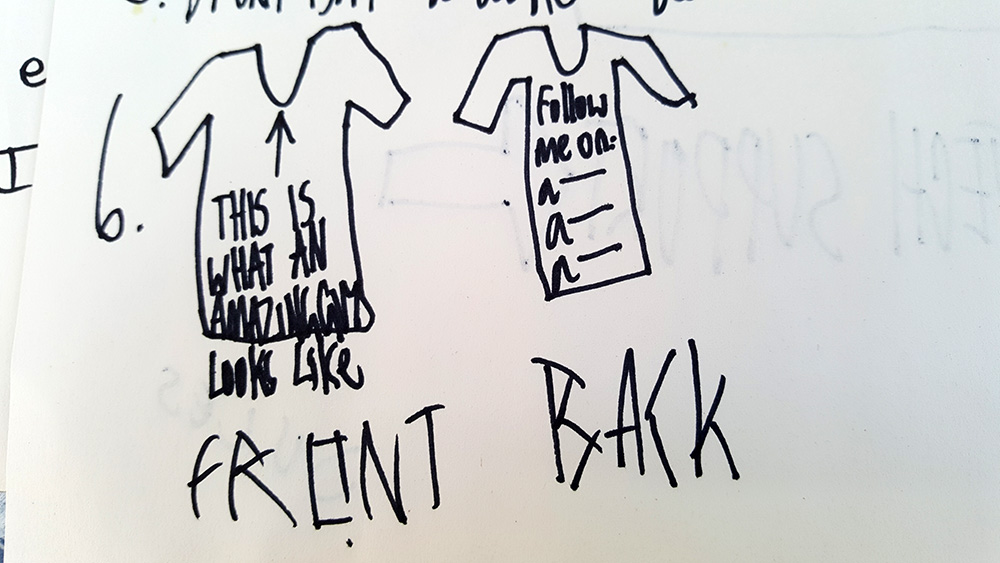


Teaching Notes
Find the MTP for this pathway here.
Curriculum Links
History: Look at the messaging from WW2 posters.
Science: Environmental changes, deforestation.
PSHE: Responsibility to the planet, Collaboration, Peer Discussion, Different Religions, Ethnic Identity.
I Can…
-
I have seen how artists use their skills to make art which speaks about things which matter, often on behalf of whole communities.
-
I have explored how I can find out what I care about, and find ways I might share my ideas with us.
-
I have seen how my classmates may have different things they care about, or share things we care about, but they are all valid.
-
I can create visuals and text which communicate my message.
-
I can use line, shape and colour to make my artwork.
-
I can use typography to make my messages stand out.
-
I can combine different techniques such as print, collage and drawing.
-
I can reflect and articulate about my own artwork and artwork made by my classmates.
This pathway takes 6 weeks, with an hour per week. Shorten or lengthen the suggested pathway according to time and experience. Follow the stages in green for a shorter pathway or less complex journey.
Materials
Soft B pencils, handwriting pens, sharpies.
Option 1: Make a Poster – Wall paper samples, white acrylic paint, PVA glue.
(For the screen printing) – Masking tape, silk screen mesh, printing ink, printing medium, newsprint, cartridge paper or other printable surface, pen/pencil, craft knives (optional), masking tape, cardboard for palette and squeegee, bucket, A4 Acetate sheets and pva glue (optional).
Option 2: The Art of Zines – Large sheet of cartridge paper, collage papers, newspaper, PVA glue.
See This Pathway Used In Schools
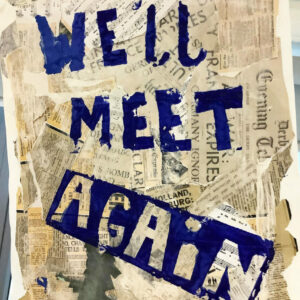
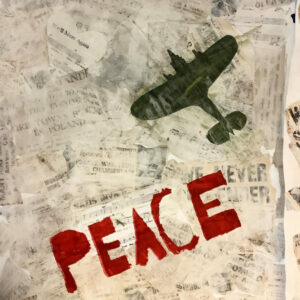
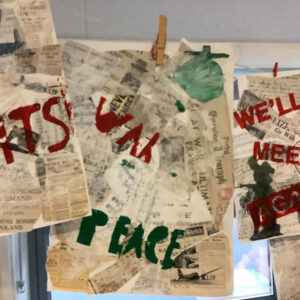
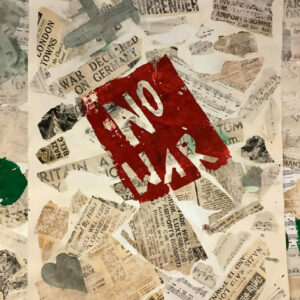
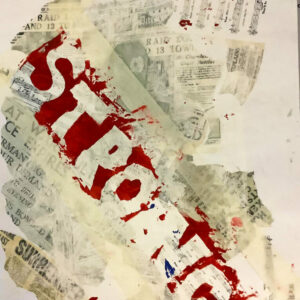
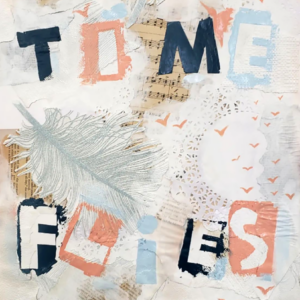
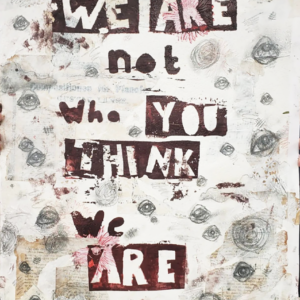
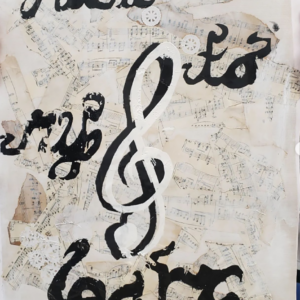
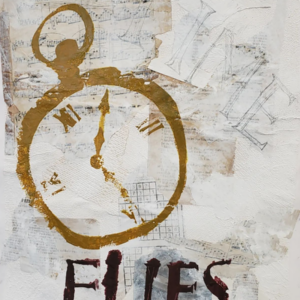
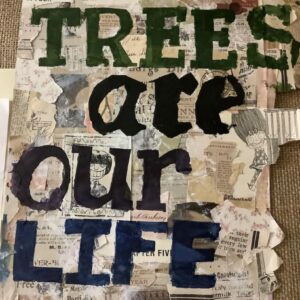
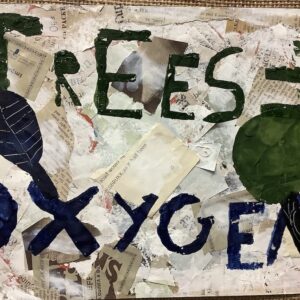
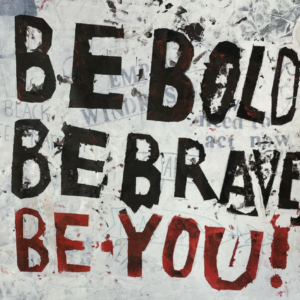
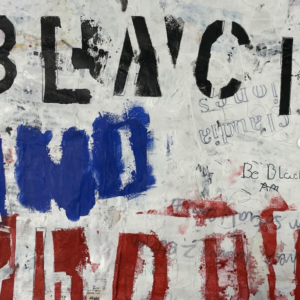
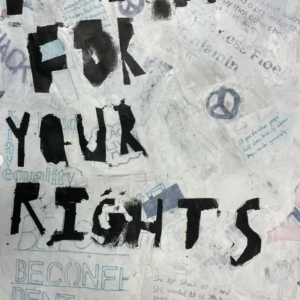
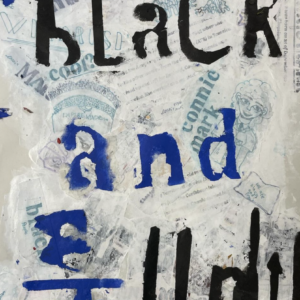
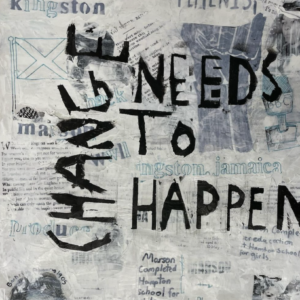
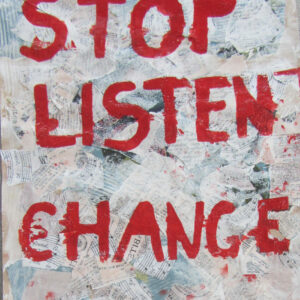
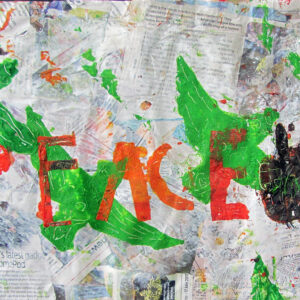
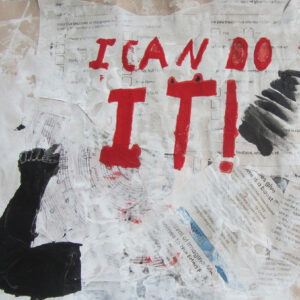
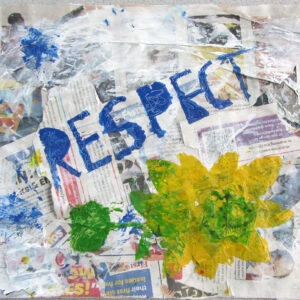


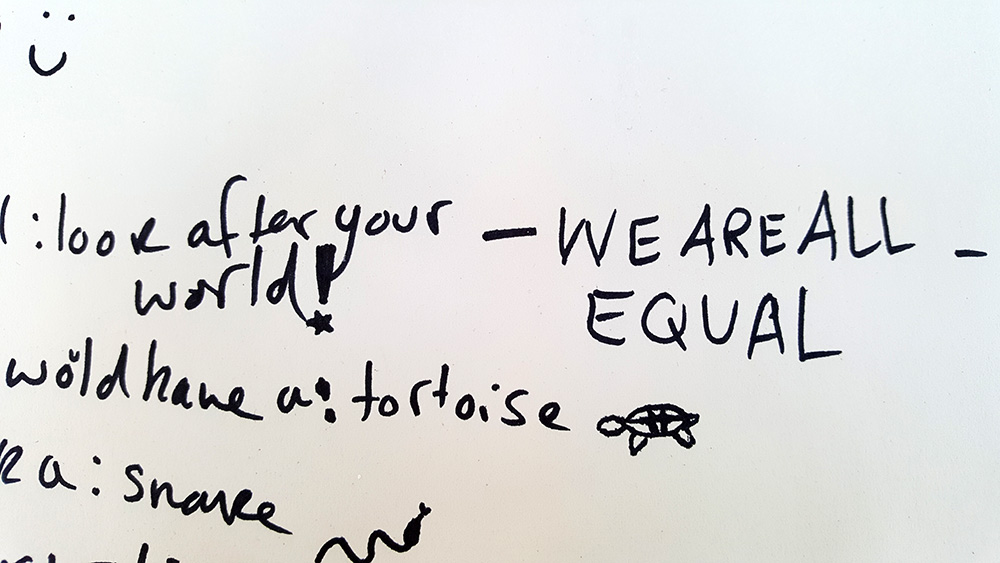
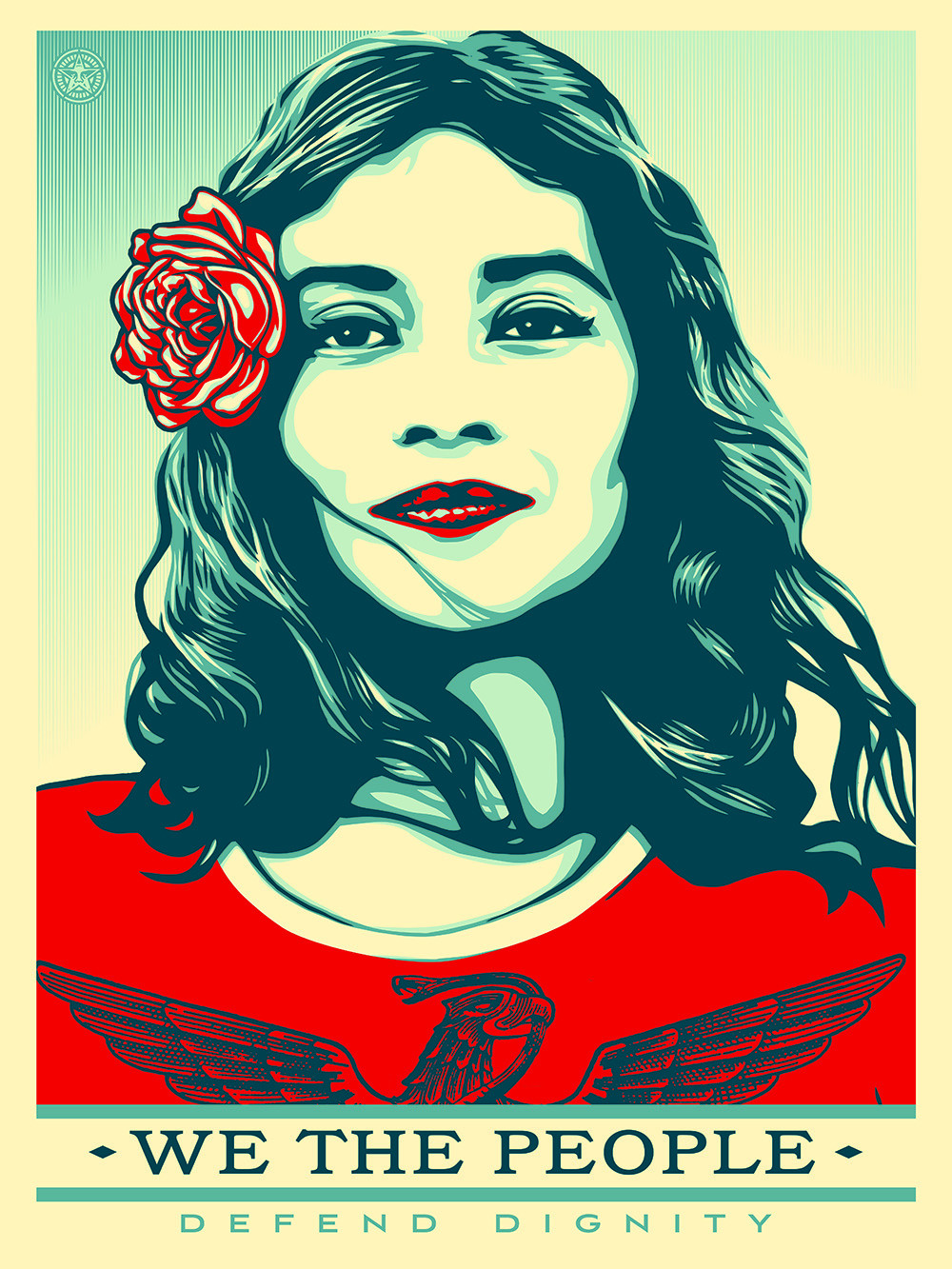
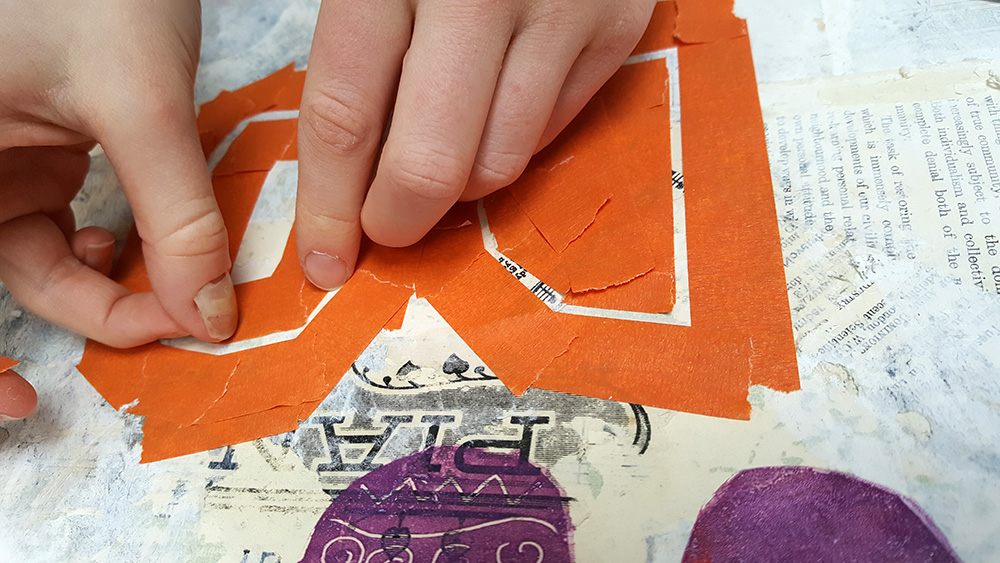


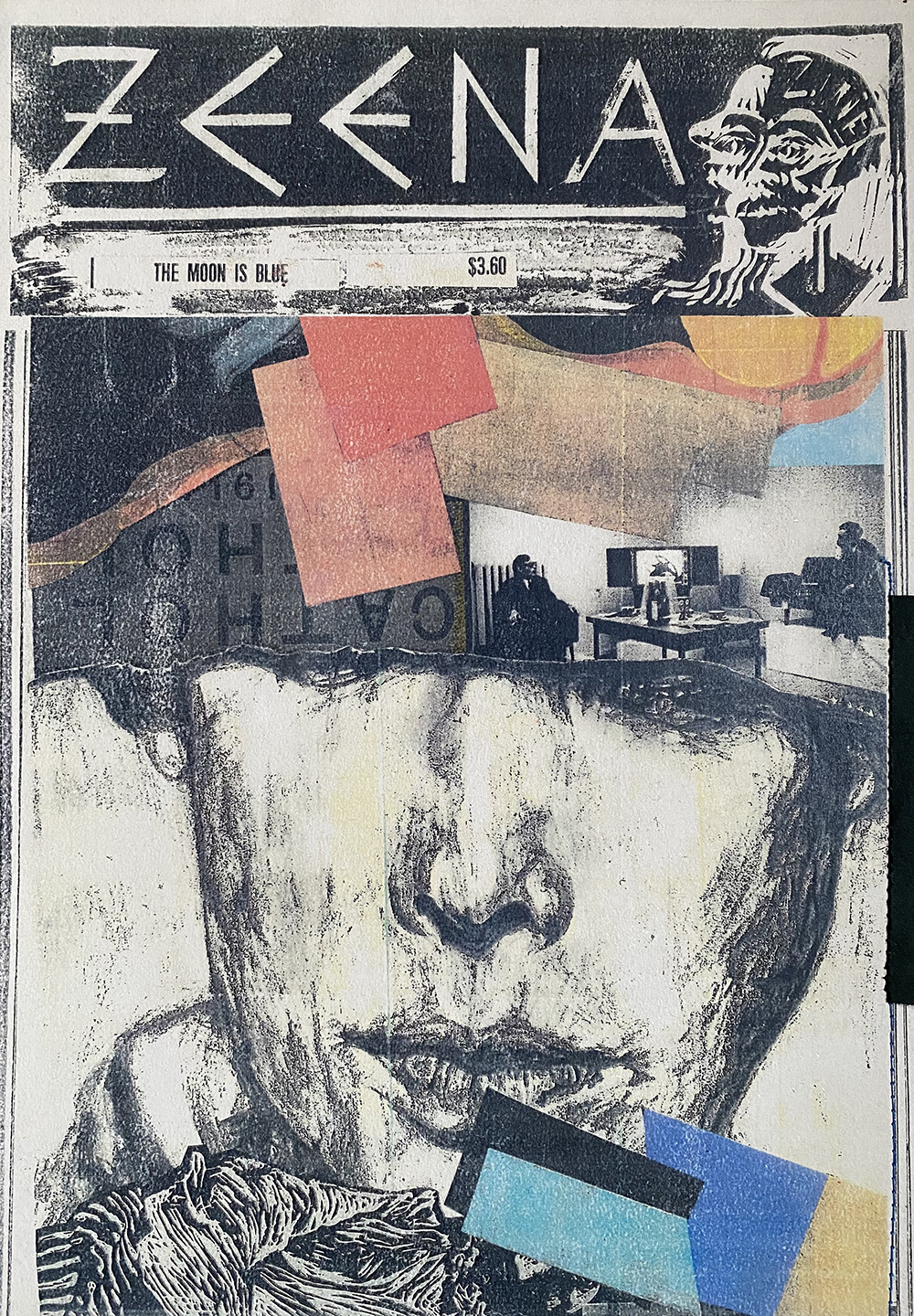 See how older pupils made zines about things they cared about in the
See how older pupils made zines about things they cared about in the


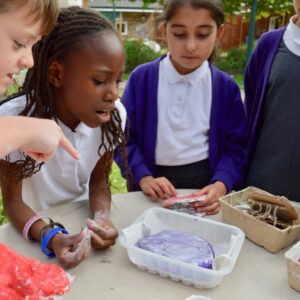
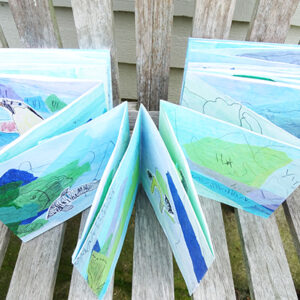
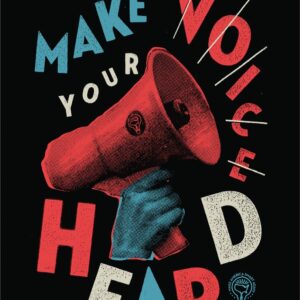
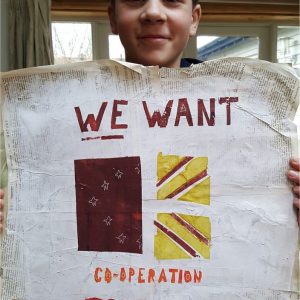
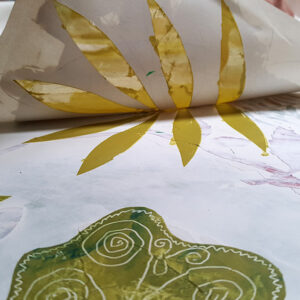
Lizzie H
January 23, 2025 @ 1:40 pm
We recently used this with our Year 5’s who absolutely loved it! Is there an email address where I can submit pictures of their final pieces?
Rachel
January 27, 2025 @ 11:32 am
Hi Lizzie, we would love to see some photos. Please email a few to tobi@accessart.org.uk. Many thanks and we’re so glad your Year 5s enjoyed the pathway!